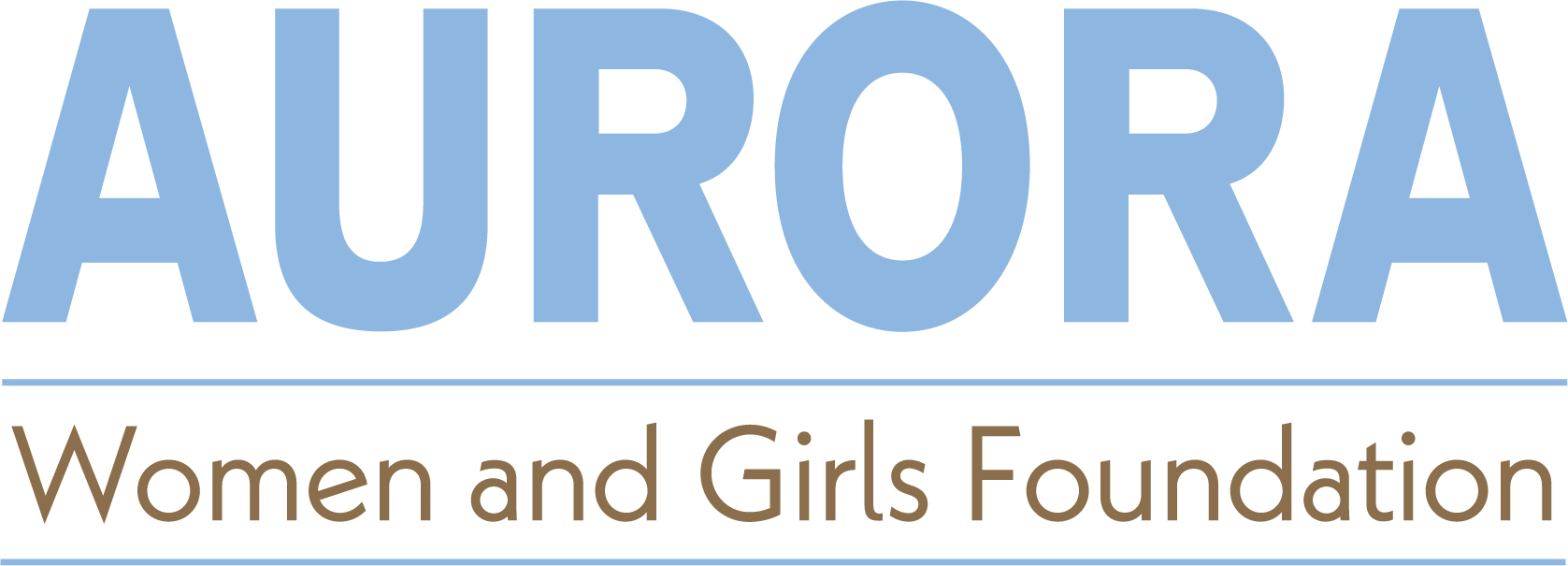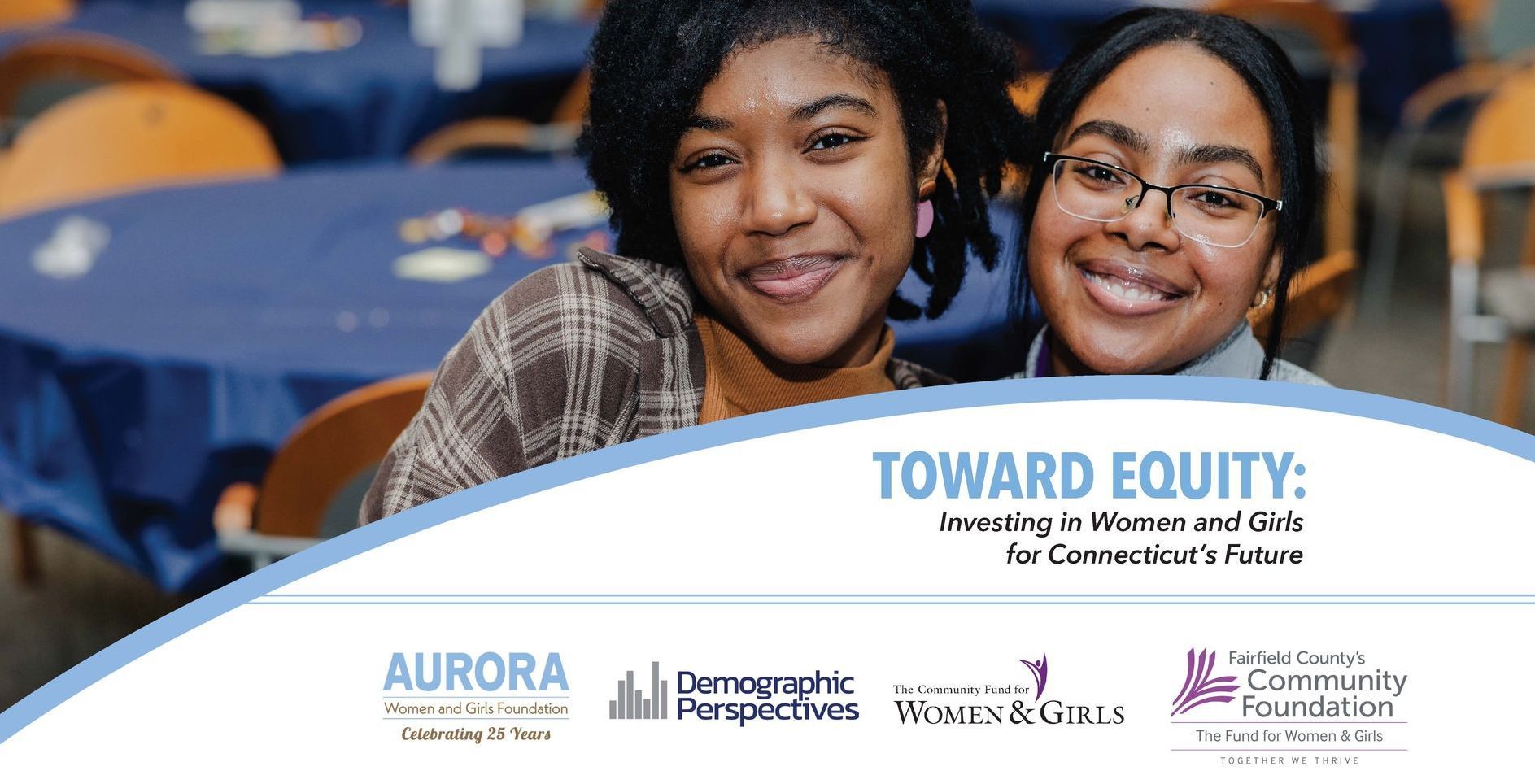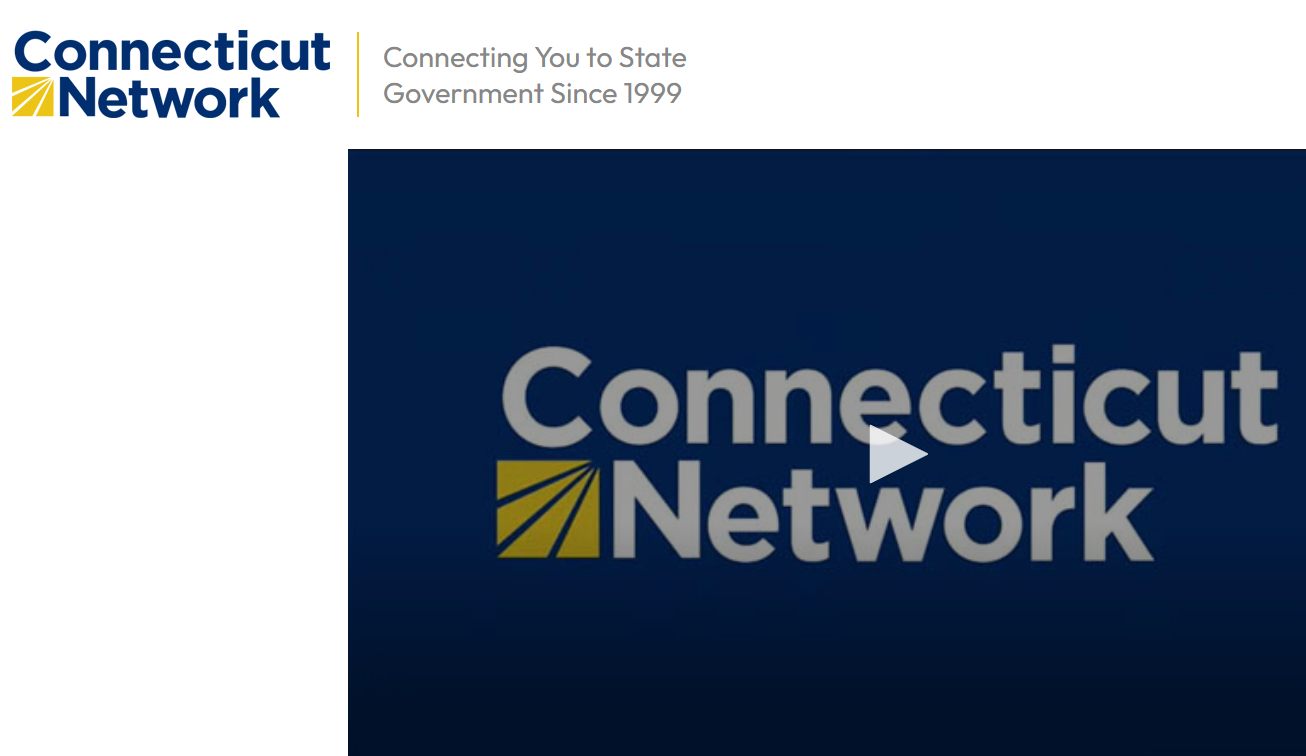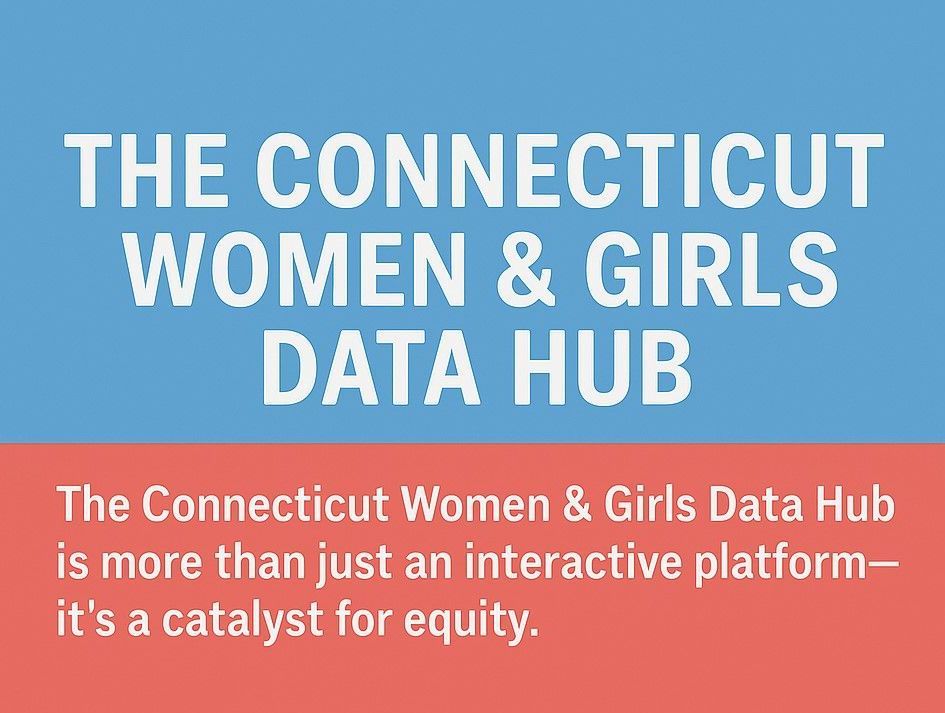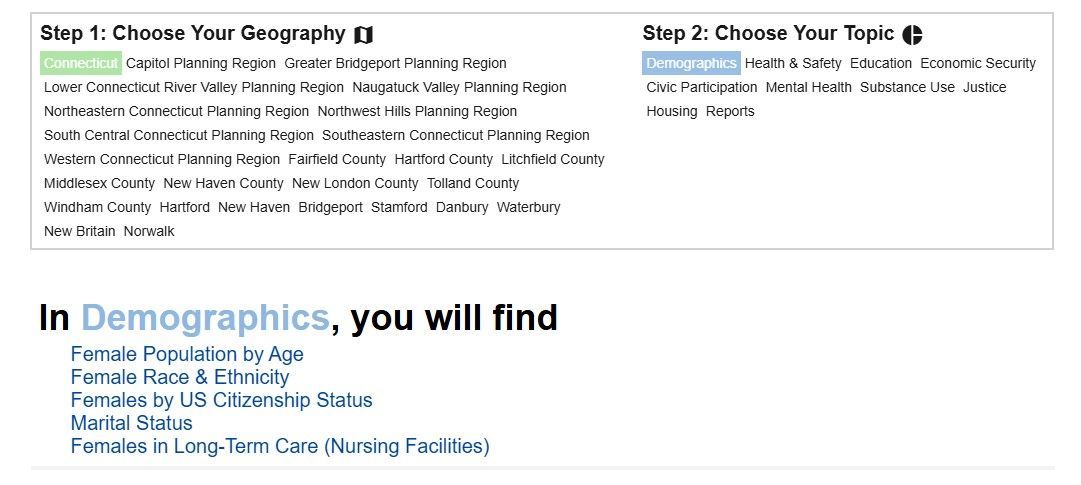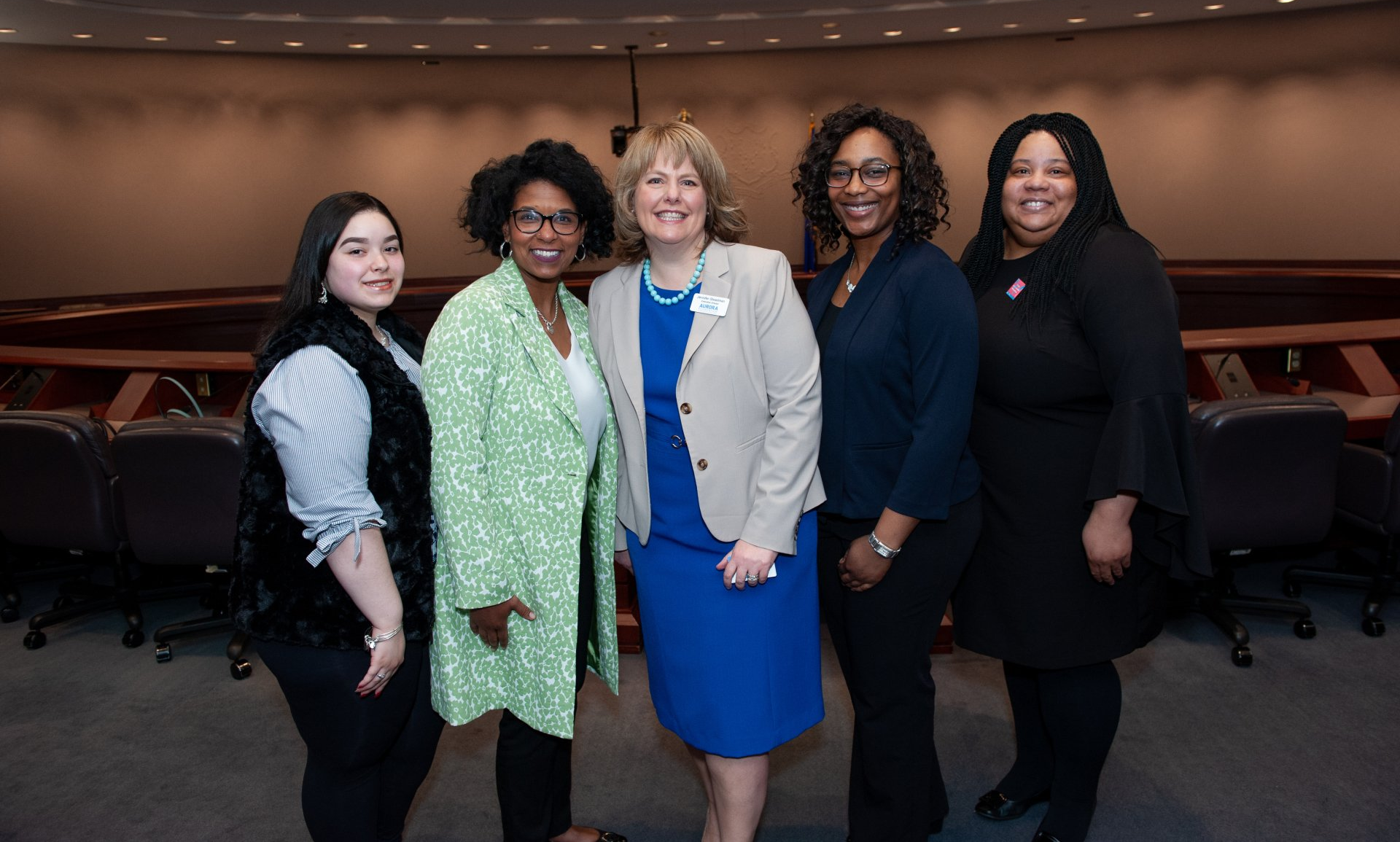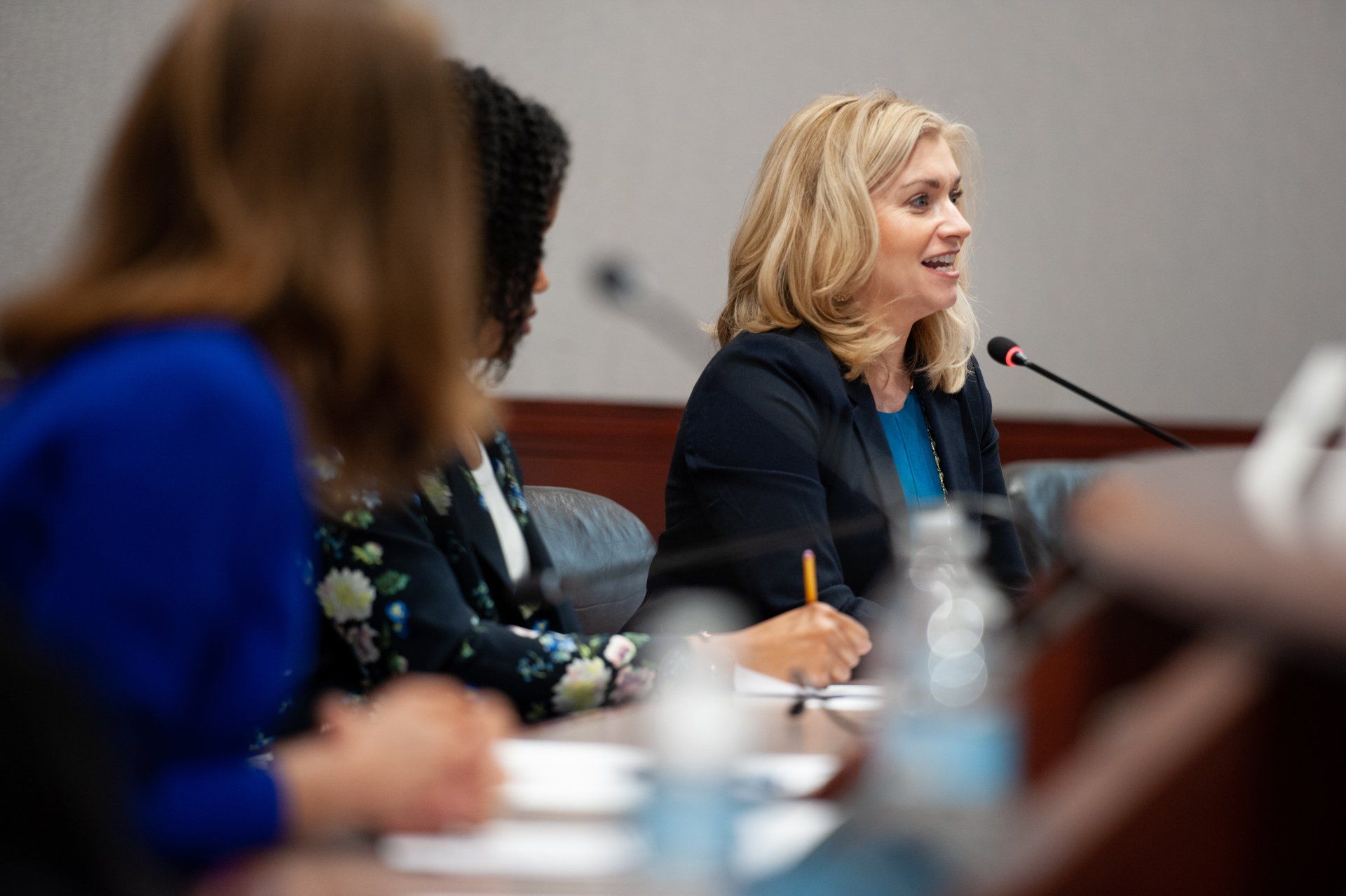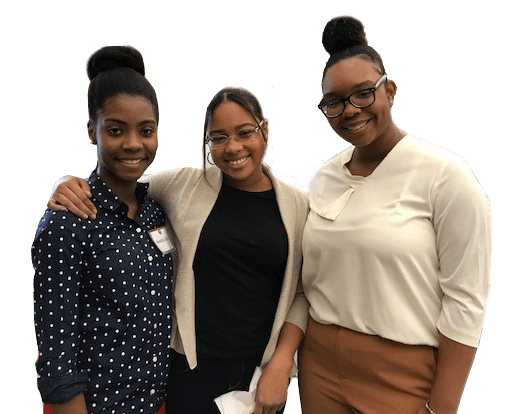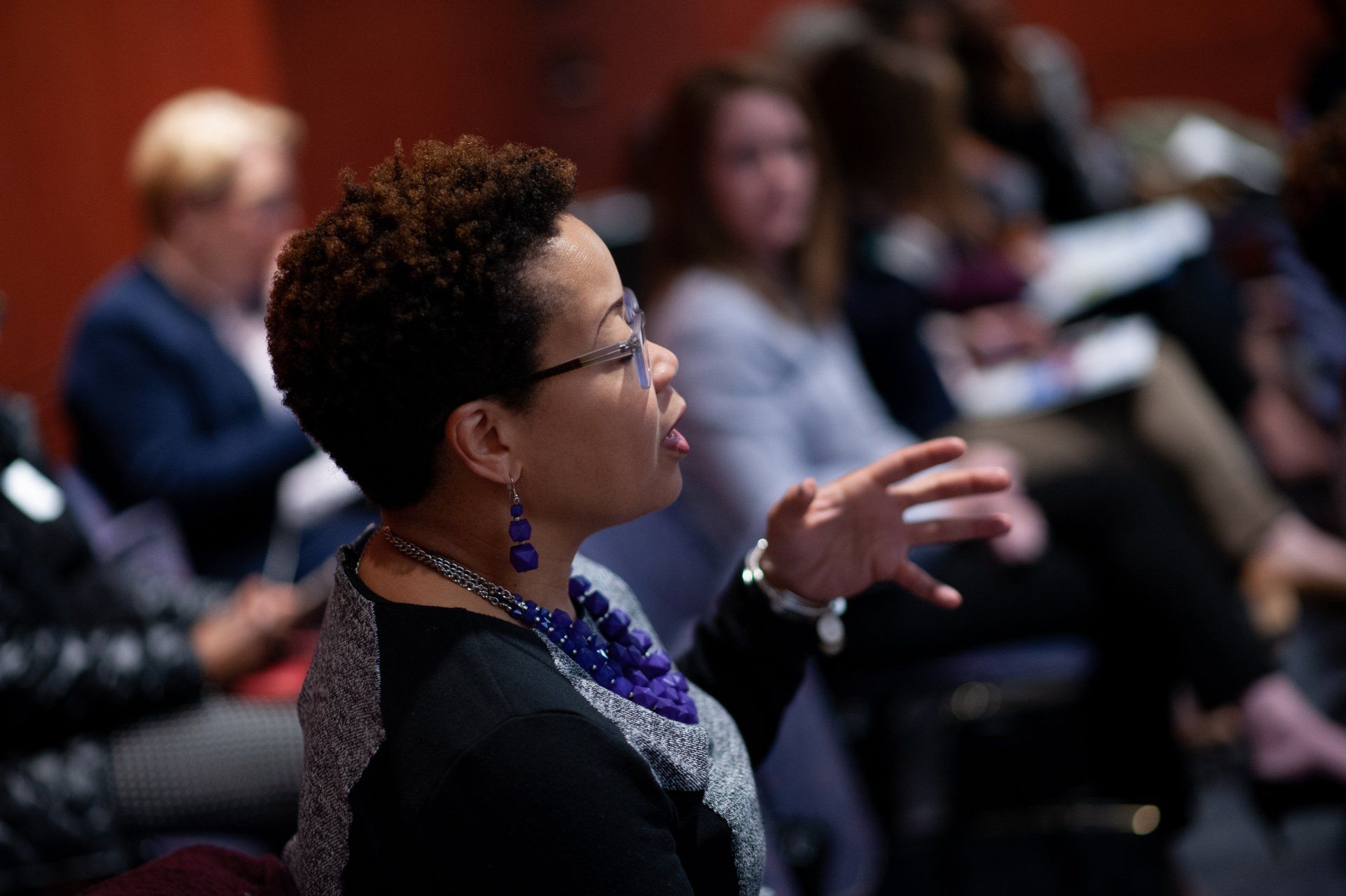THE AURORA FOUNDATION
RESEARCH.
Toward Equity is the latest collaborative data report released late March 2025—a bold call to action and reflection—chronicling the status of Connecticut’s women and girls over the past 25 years. It urges deeper investment in equity-driven solutions and challenges philanthropy and policymakers to center racial and gender equity, creating a stronger, more inclusive Connecticut where everyone can thrive.
PLEASE USE OUR DATA!
The Connecticut Women & Girls Data Hub
is an interactive, online platform designed by
Violane Tech to illuminate the stories behind the statistics. This tool provides access to publicly available data at regional, city, and statewide levels—disaggregated by gender and race—to drive informed decisions and equitable change. This isn’t just about numbers—it’s about impact.
Women and girls across Connecticut are raising their hands, stepping into leadership, and shaping the future. Every data point tells a story, and together, we can turn those stories into solutions.
Explore the data. There’s power in numbers and strength in action.
RESEARCH
AURORA'S RESEARCH
Beyond Homework
In February 2024, the latest report "Beyond Homework: Supports Needed for Student Mothers" created in partnership with the
Institute for Women's Policy Research Among shows that about one-fifth of college undergraduate students are raising children while enrolled in college
Elusive Equity
In November 2023, the latest report "Elusive Equity: Continuing Effects of the Pandemic on Women’s Economic Security," created in partnership with
CT Data Collaborative shows new data on how women are faring post-pandemic.
CT Public hosted a live panel at Quinnipiac University to explore the issues facing women in our state and nationwide with
'Disrupted' host Khalilah Brown-Dean.
Exposing CT's Eviction Crisis
In February 2022 in partnership with CTData Collaborative and the Connecticut Fair Housing Center, we released an innovative collaborative data report that exposed Connecticut's eviction crisis. This report leads to a greater understanding of the disproportionate impact of eviction on Black and Latina women.
Building Educational Opportunity & College Success
In January 2022 we released an updated data report:
ESSENTIAL EQUITY: Pandemic Response. Research found that for the first time in Connecticut’s history, women have outpaced men in unemployment claims and 75% of females applying for unemployment in the pandemic did not have a college degree.
Essential Equity: Women, Covid-19 and Rebuilding CT
In January 2021, we released a collaborative data report:
ESSENTIAL EQUITY: Women, Covid-19 and Rebuilding CT. This report revealed the disproportionate impact of Covid-19 on women and girls in CT. Partners on this project included CTData Collaborative and women's funds across CT.
RESEARCH
RESEARCH REPORTS
RESEARCH
DID YOU KNOW?
College Success
- Only 22% of women in Hartford County have a Bachelor’s Degree.
- In Greater Hartford a high school graduate earns an average of $29,290 while a college graduate earns an average of $50,380.
Education
- 5% of women in Hartford County do not have a high school diploma.
- Black and Hispanic girls are suspended or expelled at 3 to 5 times the rate of their White counterparts.
Leadership
- Only 27% of executives at Fortune 500 companies in Hartford County are female.
- In 2018, 11 new female representatives were voted into Connecticut office and women currently represent 33% of the state legislature.
Economic Security
- 55,552 women and girls in Hartford County live at or below the poverty line.
- Latina women in Hartford County earn 49 cents for every dollar earned by a white man. Closing the gender wage gap would cut the poverty rate in half for working women and their families.
Philanthropy
- Only 5-7% of all foundation funding nationally is directed to women and girls.
- Women donate more than men at every income level by nearly 2 to 1. 50% of single women give to charity compared to 36% of single men.
RESEARCH
AURORA REPORT - 2014 SNAPSHOTS
In 2014, the Aurora Foundation commissioned the Aurora Report, the first report of its kind offering groundbreaking research on the status of women and girls in Greater Hartford. In 2018, in partnership with CWEALF (Connecticut Women’s Education and Legal Fund), updated research was released in the gender focused areas of Philanthropy, Economic Security, Education, College Success and Leadership. Links to these reports can be found below.
An online, interactive tool, the Women & Girls Data Platform provides access to publicly available data specific to regional, city, and statewide levels and aggregated for gender and race.
